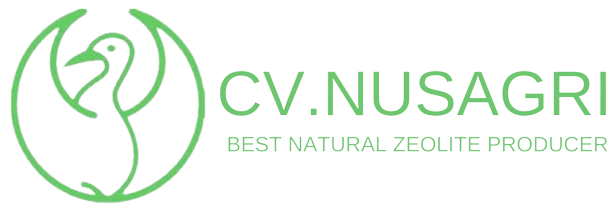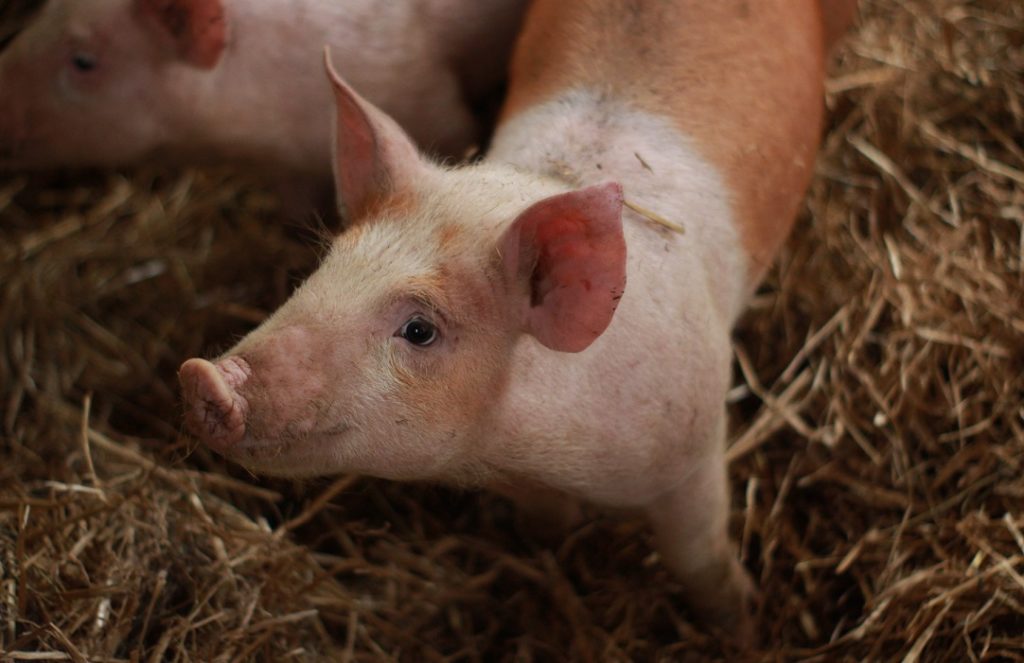
Fish farming may sound really straightforward. During this time, ranchers consistently designate capital for nourishment and seed needs. In any case, for reasons unknown, the impact of the fish condition is likewise enormous on the development of freshwater fish. The lake must be cleaned consistently to give an agreeable situation to angle. This likewise applies to shrimp lakes. Some fish and shrimp can’t make due in a grimy lake condition. Deductively, the filthy condition (not useful for fish and shrimp lakes) has a low oxygen content, a pH that isn’t nonpartisan and contains toxins that can harm fish and shrimp.
This is an issue for some ranchers. They can’t perfect their lake all in all since cleaning the lake requires quite a while. So Alkali in the lake will keep on expanding. Smelling salts will cause changes in lake pH. Smelling salts are delivered from fish droppings, nourishment scraps, dead creatures, and rotting dead plants in lakes. Smelling salts in lakes is normally accessible as NH3 and NH4 +. An NH3 structure is a harmful type of alkali, while NH4 + incorporates non-poisonous particles. Alkali will cause substance consumption in fish tissue, including wounds to the gills. At the point when smelling salts assaults the gills, the fish will likewise assimilate it into the body. This is the thing that will make harm the body of the fish. Fish will encounter a few manifestations of harm. Fish presented to alkali will normally make sporadic jolting developments, yet can likewise show lazy conduct and remain submerged.
Farmers need quick and viable approaches to keep up great water quality for their lakes. The example of fish and shrimp lakes development changed after the nearness of zeolite minerals. Zeolite is minerals produced using aluminum silicate bunches that are hydrated by alkaline metals and alkali earth.
From numerous minerals and stones, zeolite is one component that valuable in water treatment. Trademark zeolites are normally and monetarily satisfactory hydrated aluminosilicate materials with astounding molecule exchange and sorption properties. Their feasibility in different imaginative methodology depends upon their physical-substance properties that are immovably connected with their geological stores. The exceptional three-dimensional penetrable structure gives ordinary zeolites distinctive application possibilities. Due to the excess of the negative charge outwardly of zeolite, which results from the isomorphic replacement of silicon by aluminum in the fundamental helper units, trademark zeolites have a spot with the social event of cationic exchangers.
The common assimilation and adsorption abilities of zeolite make it the ideal contender to advance the continuous wellbeing and manageability of aquaculture frameworks. In these situations, zeolite serves three essential capacities: to expel poisonous degrees of nitrogen and ammonium particles from incubation facility, transport, and aquarium waters; to give oxygen-improved air to rearing and transportation; to decontaminate feedlot and incubator waters (Mumpton 1985 and 1999).

In shut aquaculture frameworks, ammonium particles delivered by rotting fertilizer and unused nourishment are the main source of gill harm, hyperplasia, sterility, hindered development, and mortality in fish (Mumpton, 1985). Tests led in incubation facilities show that zeolite’s particle trade properties control nitrogen content and can give an option to bio-filtration for ammonium expulsion (Mumpton, 1985 and 1999).
Hargreaves (1998) revealed that planned feeds, fish fecal matter, and silt transition add to nitrogen levels in lakes; when levels surpass lakes’ assimilatory limit, water quality decays in view of a collection of nitrogenous mixes, similar to alkali. Bergero et al. (1994) inspected how various types of zeolites can be utilized to improve the nature of aquaculture water. The specialists found that smelling salts have an extraordinary liking for clinoptilolite dependent on its crystalline structure. During the investigation, specialists estimated the convergences of smelling salts in waters gathered from a recycling framework. Discoveries recommend that clinoptilolite and phillipsite zeolite were best in smelling salts evacuation due to ion trade limits (Bergero et al., 1994). As an extra advantage, lower temperatures didn’t impact the particle trade limit of a zeolite remembered for the investigation.
Specialists have likewise discovered that the expulsion of nitrogen content through adsorption produces oxygen-enhanced air that can be utilized to circulate air through fish rearing tanks and transportation tanks; fish housed and brought up in such situations are livelier and have more prominent hunger (Mumpton, 1985 and 1999). The nature of water in recycling frameworks can be likewise improved by utilizing zeolite enhanced nourishment along. Mumpton (1985) found that adding 2 percent zeolite to the customary eating routine of rainbow trout over a 64-day time frame brought about a 10 percent biomass increment with no announced wellbeing suggestions to the fish.








